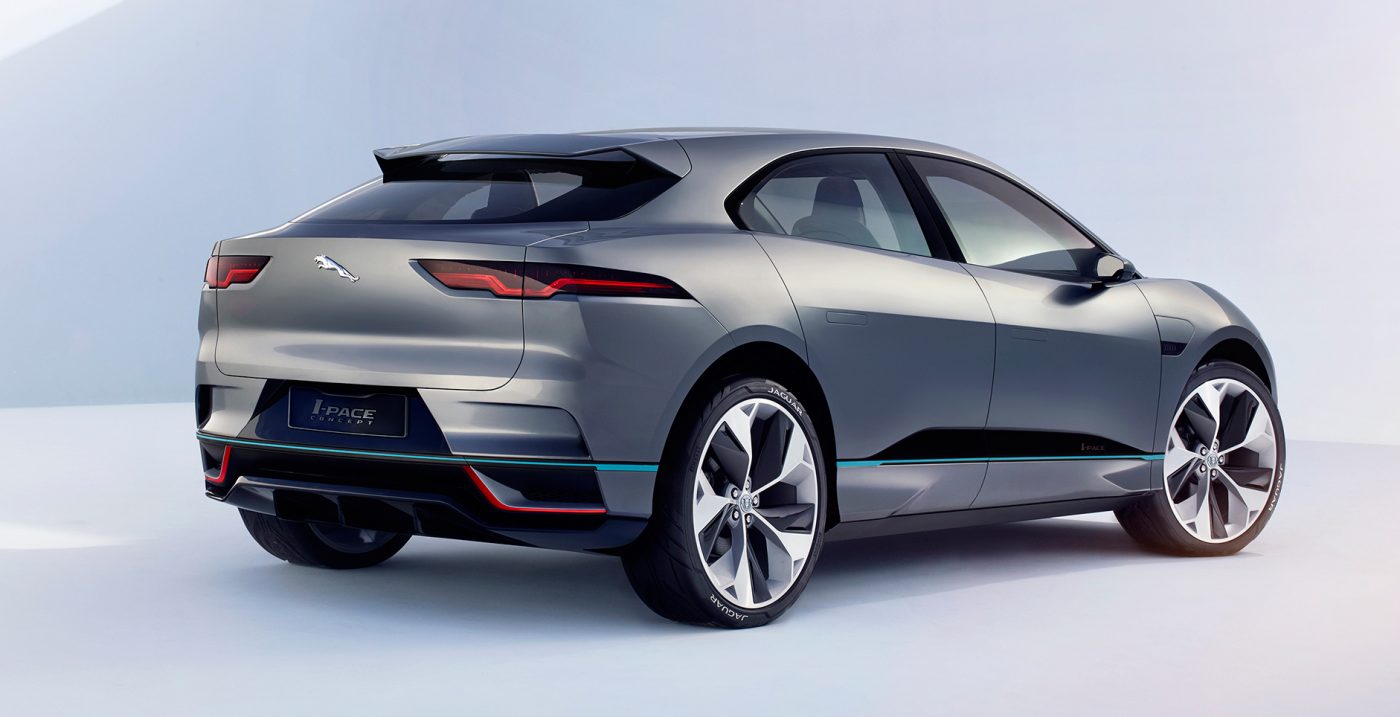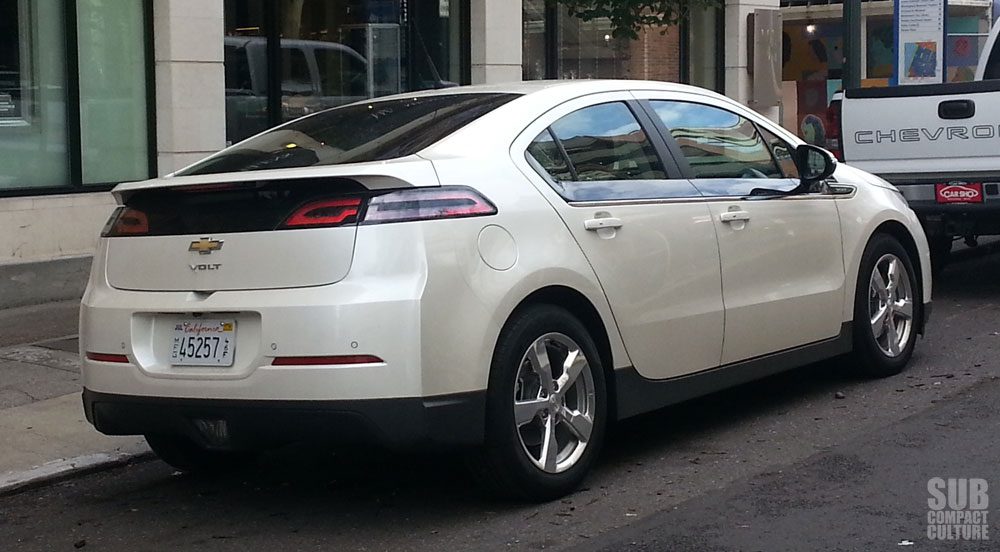
Jaguar faced a tough decision when designing its first EV: either follow the successful Tesla Model S template, or go with a more original concept. While I’m sure the former option looked attractive to them, given the Tesla’s market success and, aruguably, the need to give the XJ replacement a stronger USP, the company ended up taking the bold step of venturing into a market that, until recently, would have been unthinkable for the brand: a sporty crossover. I admire as much – it takes guts, and, given how the concept looks, the final product will probably end up being one of the better-looking EVs out there. The problem is that, unless some parts of the design change substantially from the concept, it won’t be all that original…
The problem lies with the rear of the i-Pace: by pursuing better aerodynamics, Jaguar’s designers seem to have arrived at the same solution pretty much all other EV and hybrid makers employ – a stubby, high tail. In particular, the combination of the high tail, a greatly inclined rear window, a long wheelbase and narrow, wide lights reminds me of the previous-generation Chevrolet Volt. Not that there is anything bad with that per se, as the rear was probably the best angle of the Volt Mk I, plus Jaguar’s execution is much nicer, at least in concept form. Rather, the problem is that, if you were to remove the badges at the rear, the i-Pace could be mistaken for a car from other manufacturers. Normally we complain about cars from premium manufacturers looking too much like their stablemates (Audi, BMW, Mercedes), but in this case I believe a little bit more “Jaguar-ness” would not have gone amiss for the i-Pace.








